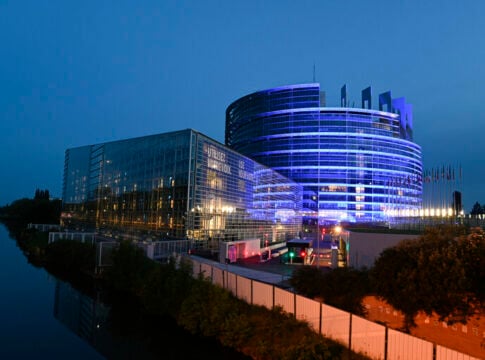Scrutiny over the delay-fraught Helleniko investment, a closely watched landmark privatization that is also a memorandum-mandated obligation, has been intense over recent period, with the consortium awarded the multi-billion-euro property development warning last week that the project risks collapse.
Developers are particularly irked by a recent ruling designating a portion of the 620-hectare development site as land entailing an “archaeological interest”, complicating licensing and future construction. An earlier decision by a forestry service official had designated another tract of land at the site as previous “forestland”, based on 1930s photographs showing a line of trees and brushland.
The property development will take place on land that hosted the former Athens airport until 2001 and then several 2004 Athens Olympic venues, such as a baseball diamond and stands, the canoe/kayak slalom facility and others. Additionally, Greece’s civil aviation authority is still located at the southeast Athens coastal site. A police precinct also operates at a former military airbase at the site, which was once shared by the US air force throughout the 1970s.
Two terminals, hangars, the tarmac, runways and thousands of square meters of concrete and arid plots characterize the site.
The Helleniko site and the same-name district was once known as “Hasani”, named after an Ottoman pasha who owned the land up until 1830, when the modern kingdom of Greece was declared after a bloody eight-year war of independence against Ottoman rule.
The land was described as empty, barren and dry, serving only as grazing land for goats and sheep. The Helleniko district was first populated systematically in 1925 by Black Sea Greek (Pontians) refugees from the Sourmena region of northern Asia Minor. The Greek Refugee Settlement Commission, which was established for the relief of Greek refugees in the wake of the Asia Minor Disaster (1922) and chaired by celebrated US diplomat Henry Morgenthau, oversaw the settlement of Pontian refugees in the area.
A decision to build an airport at the site was taken by the Metaxas government, with the first cornerstone laid on June 2, 1938 in an official ceremony. A wide boulevard was built the same year, connecting Athens proper with the seaside site of Vouliagmeni, today’s Vouliagmeni avenue.
During the Axis occupation of mainland Greece during WWII (1941-44) the Luftwaffe used the runway and rudimentary airbase, with the result being repeated bombings of the site by the Allies.
The first civilian plane – operated by Olympic Airways predecessor TAE — and carrying passengers from Egypt landed in July 1946, inaugurating the modern age for Greece’s air travel.














